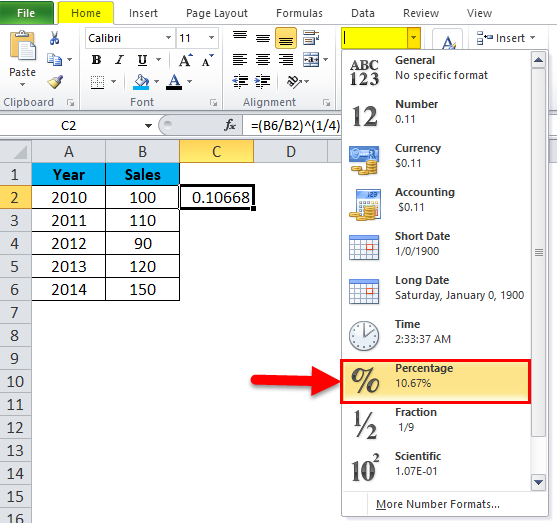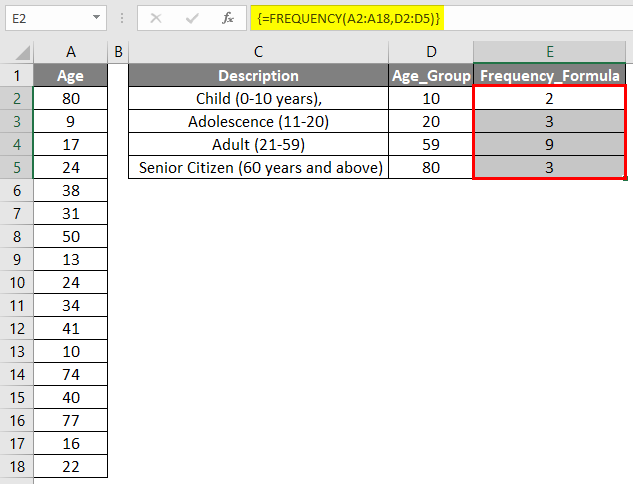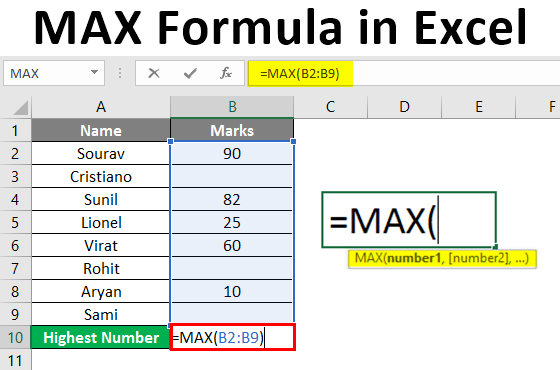

This can make finding a cell used in a formula (or function!) easier when scanning a large dataset. You'll see that the selected cells are color coded and that the colored cell number/letter references are referring to the cells that are outlined in the same color. You can do this by clicking on the cell with the mouse OR by typing the cell number/letter reference. Instead of typing the actual numbers, you want to select the cells that contain the numbers. We could type "-1689 / 12780 * 100" following the '=' sign and this would give us the correct result, however, I'm just going to tell you flat out that you don't want to do that.īy writing the actual numbers into your function you are making Excel no better than a calculator, but there are a lot of ways that Excel can save you time and save you from making mistakes if you use it well. You'll see the '=' in both the cell in which you are typing and in the formula bar.

To write a formula, first click on the cell where you want the output to be. And we'll do this for each individual Census Tract (each row). In this particular case, we'll divide the amount of change between the two years (found in column G) and by the total population in 2000 (column E). You'll need to know how to calculate the percent change in order to write a formula for Excel to do it. Fortunately, we can calculate it by writing a formula in Excel. Census in 2010 and let's assume that the information for percent change between 20 was missing (or hadn't been provided).Ĭolumn H is blank, but that is information we'd like to have. To get practice writing a formula, let's return to the dataset from the U.S. to add two numbers before multiplying them by another number: put the parentheses around the summation). You can use ( ) parentheses if you would like operations completed in a different order (e.g. The use of these operators follows the basic order of operations: *, /, +, - (muliplication, division, addition, subtraction). Without an 'equals,' there will be no formula or function!īasic mathematical operators that you can use when writing a formula are: Here are some basic things to know about writing formulas in Excel.ĪLL formulas and functions must begin with an '='. They have many similarities, as you will see in this page and the following pages covering formulas and functions.

Formulas are written by you, and functions pre-exist in the program. Formulas and functions differ in Excel by one key feature.


 0 kommentar(er)
0 kommentar(er)
